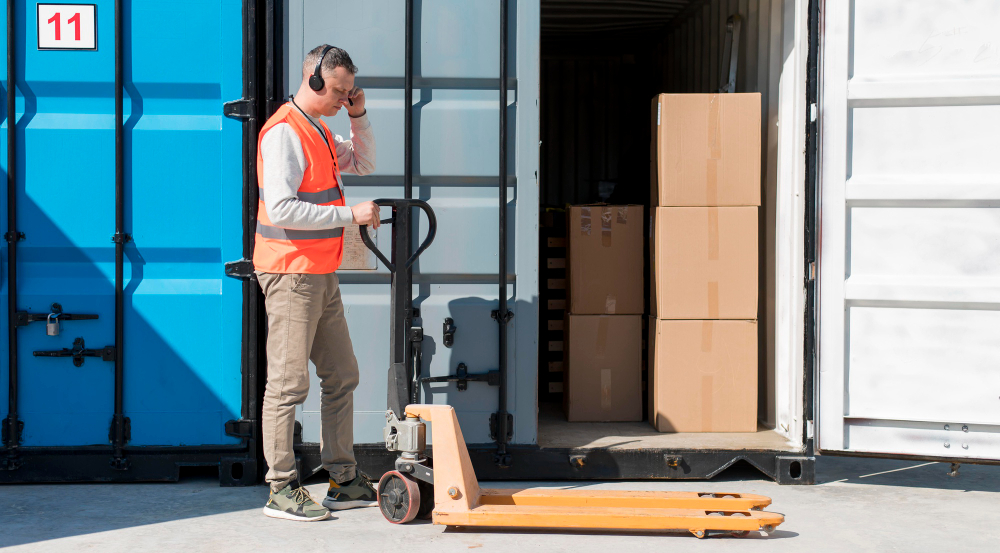Secure freight for artworks: definition

Secure freight refers to a specialized transport service for valuable, fragile, and high-value items such as artworks. This type of logistics adheres to strict standards in terms of security, traceability, and environmental control. It is handled by specialized providers capable of ensuring the physical integrity, confidentiality, and regulatory compliance of each transport operation, whether it involves paintings, sculptures, installations, or antique objects.
Specific features of secure freight in the art world
Unlike standard freight, secure freight for artworks involves reinforced measures throughout the logistics chain:
- Adapted vehicles and packaging: armored trucks, custom-built crates, climate control systems
- Continuous monitoring and human protection: GPS tracking, trained handlers, security escorts when required
The importance of secure freight for artworks
Artworks are irreplaceable assets, often exposed to significant risks during transit: theft, damage, loss, or unsuitable climate conditions. Secure freight helps:
- drastically reduce these risks through high-level logistical oversight
- build trust among museums, galleries, collectors, and institutions for each transport operation
A famous example: the Mona Lisa in 1963
One of the most iconic examples of secure freight is the transport of the Mona Lisa to the United States in 1963. For exhibitions in Washington and New York, the painting was placed in a custom climate-controlled crate, shipped by ocean liner under close surveillance, and escorted at every stage by armed guards. This exceptional protocol has since become a reference for the secure art transportation of major artworks worldwide.
